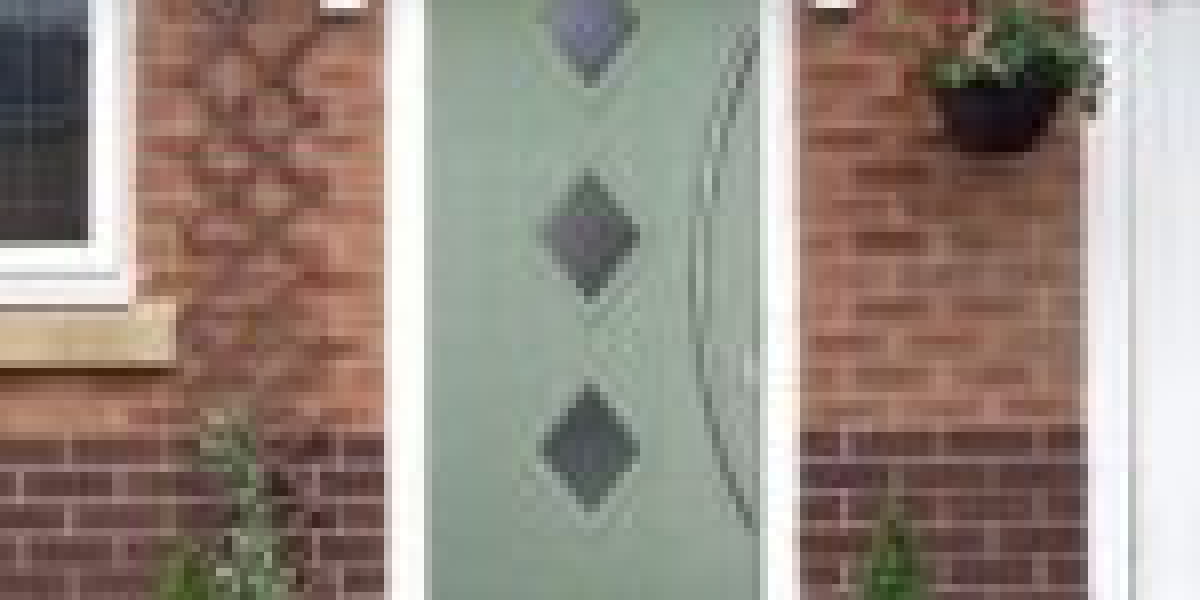Understanding Damaged Composite Doors: Causes, Repairs, and Maintenance
composite door repair reviews doors are growing increasingly popular throughout homes and business residential or commercial properties, thanks to their aesthetic appeal, resilience, and energy performance. Nevertheless, like any entryway feature subjected to the elements and day-to-day use, they can sustain damage with time. Understanding the causes of damage, the kinds of repairs offered, and how to keep these doors can extend their life-span and ensure they carry out optimally.
What Is a Composite Door?
A Composite patio door repair door is built from a mixture of products that integrate the advantages of each to create a robust and appealing entryway service. Usually, these doors consist of:
- A solid core: This core is typically made from a product like wood or foam, offering strength and insulation.
- Glass-reinforced plastic (GRP): The exterior is often covered with a strong layer of GRP, which uses strength and weather resistance.
- PVC and other materials: Some composite doors likewise integrate layers of PVC or other artificial materials for added resilience.
This composition implies that composite doors do not warp, crack, or swell like traditional wood doors, however they can still struggle with a variety of damage.
Typical Causes of Damage
While composite door repair techniques doors are created to hold up against a range of dangers, numerous factors can lead to damage with time:
Weather Conditions: Composite doors are typically weather-resistant, however extreme wind, rain, or sunlight can cause fading, staining, and even surface area wear.
Effect Damage: Accidental bumps from bikes, furniture, or perhaps pets can create damages or scratches on the surface area of a composite door repair company door.
Improper Installation: If a composite door is not set up correctly, it may not line up properly within the frame, causing stress that can trigger warping or other kinds of damage.
Wear and Tear: Frequent usage, such as day-to-day opening and closing, can result in endure hinges or locking mechanisms, which can ultimately affect the general stability of the door.
Pest Infestation: In some cases, insects can damage the door's frame or core structure, particularly if the door is not adequately sealed.
Signs of Damage
Being vigilant can help homeowners recognize early signs of damage. Typical indications include:
- Fading or peeling paint or finish.
- Warping or misalignment (problem in opening or closing).
- Visible scratches, damages, or chips in the surface area.
- Fractures in the case or core.
- The presence of water or wetness ingress.
Repairing a Damaged Composite Door
Attending to damage to a composite door can typically be accomplished through the following approaches:
Minor Scuffs and Scratches
For superficial scuffs or scratches, homeowners can think about the following steps:
- Clean the Area: Start by cleaning the damaged location with a mild detergent and water.
- Colour Matching: Use a color-matched wood filler or touch-up paint to fill out minor scratches.
- Sanding: For deeper scratches, light sanding followed by repainting may be required.
Dent Repair
For more pronounced damages, the following technique can be utilized:
Heat Application: Carefully applying heat (like from a hairdryer) might assist to broaden the surface and allow it to go back to its original shape.
Filling: For relentless dents, a filler that matches the door's color can be applied, sanded smooth, and painted over.
Replacement Parts
If the damage includes hinges or locks:
Hinge Replacement: Ensure the door operates efficiently by changing any damaged hinges.
Lock Replacement: If the locking mechanism is compromised, replacing it is vital for safety.
Water Damage
If water ingress has actually taken place:
Dry Thoroughly: Remove any excess wetness.
Sealant Application: Apply a waterproof sealant to the impacted areas to prevent further damage.
In serious cases, it may be essential to talk to a professional to change the door or substantial parts of it.
Routine Maintenance Tips
To lengthen the life-span of composite doors and prevent damage, regular maintenance is important:
Routine Cleaning: Regularly tidy the door using mild soap and water. Avoid abrasive cleaners that might scratch the surface.
Check Seals and Defects: Inspect seals regularly for indications of destruction and change any worn parts.
Lube Hardware: Apply lubricant to hinges and locks to ensure smooth operation and prevent concerns connected to rust or corrosion.

Avoid Excessive Force: Use the door carefully to avoid unneeded pressure on the frame and hinges.
FAQs About Damaged Composite Doors
Q1: Can a composite door be fixed if it has water damage?
Yes, minor water damage can typically be addressed with drying techniques and the application of sealants. Nevertheless, extensive damage might require replacement to make sure structural stability.
Q2: How often should a composite door be maintained?
Routine maintenance must take place at least twice a year. Regular examinations enable property owners to resolve minor concerns before they escalate into considerable problems.
Q3: Is it pricey to repair a damaged composite door?
Repair costs vary based upon the level of the damage. Small repairs may just require economical materials, while substantial problems could require professional services or door replacement.
Q4: Are split composite doors still safe?
A broken composite door may not offer the level of security that is needed. It's advisable to repair or change damaged doors to make sure safety and thermal efficiency.
Q5: How can I prevent my composite door from getting damaged?
Preventative steps include routine cleansing, applying sealant to vulnerable locations, and bearing in mind impact and wear from daily use.
By staying notified about the potential concerns associated with composite doors and taking proactive measures, property owners can take pleasure in the long-lasting benefits these doors use while lessening the need for repairs.







